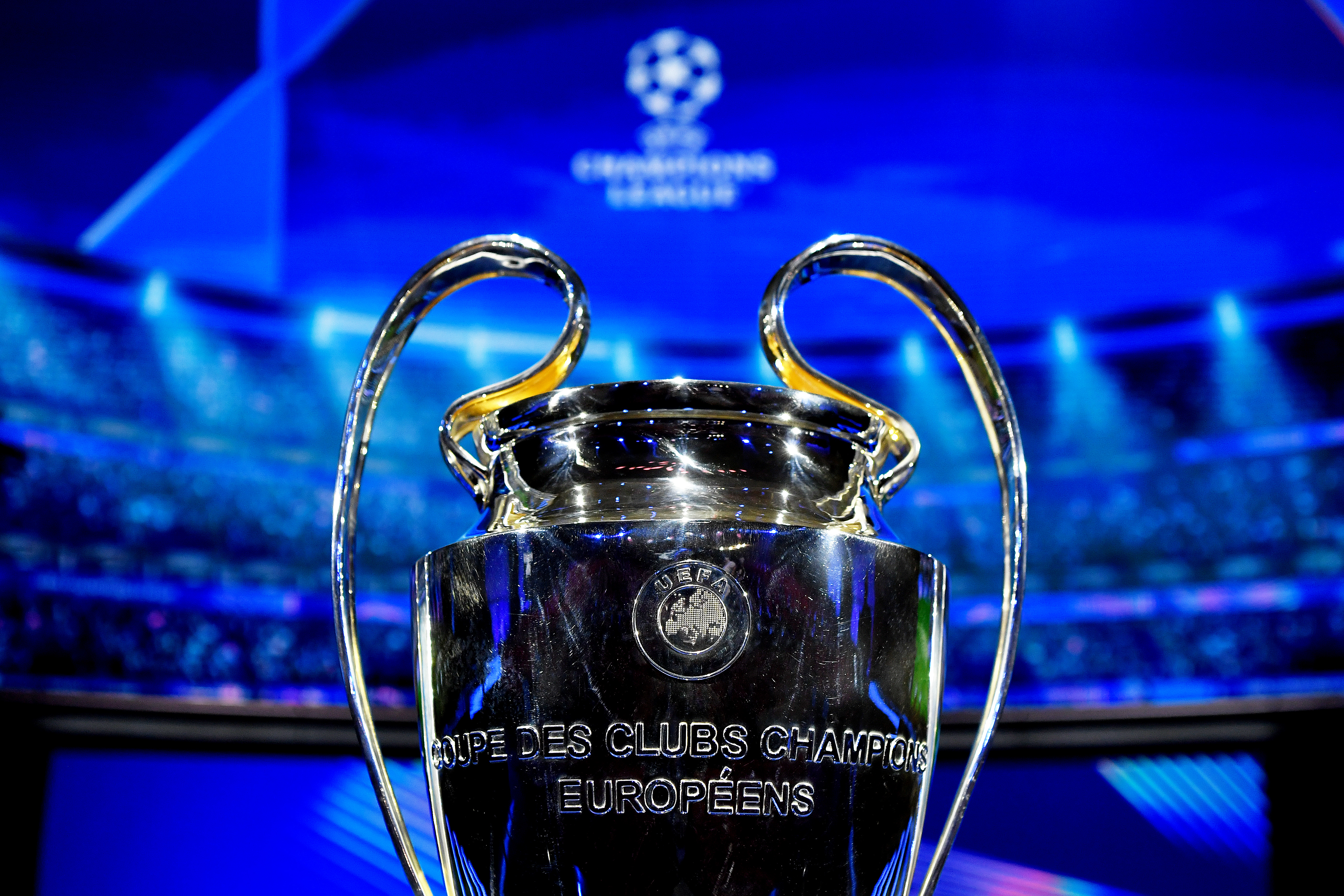
The Champions League returned last week as the starter's gun was sounded on UEFA's 2024/25 club competitions.
As is often the case, Real Madrid are favourites to defend their crown this season, but the tournament, plus the Europa League and the Conference League have all undergone a huge change this year. For a start, each competition has been expanded to 36 teams and gone is the familiar group stage, replaced by a new 'league phase' that sees all clubs put together into a single league.
But ahead of the Europa League fixtures, the Champions League fixtures have seemingly proven a problem…
Ahead of the Europa League first round of fixtures, Champions League fans have voted with their feet over the new league phase

UEFA have argued that the new format will 'introduce a better competitive balance between all the teams', citing the fact that after the top eight automatically qualify for the knockout stage, teams who finish between ninth and 24th in the table will take part in play-offs to earn a last-16 place.
Cynics will point to the fact that more matches means more money for the UEFA coffers, but what have fans made of the changes so far, with the Europa League about to also get underway?

Well, according to a study from AceOdds, matchgoing fans have voted with their feet and given the new format the thumbs down.
They reveal that average attendances in matchday one are down by 17 per cent on last year. The average attendance for the first round of games 12 months ago was 47,954, whereas last week's average was 40,291.
The best features, fun and footballing quizzes, straight to your inbox every week.
The biggest drops in attendance came at Paris Saint-Germain and AC Milan, two of the tournament's biggest clubs. Only 39,951 fans watched PSG edge past Girona at the Parc des Princes last week, which was significantly down on the 47,379 who saw the host Borussia Dortmund a year earlier.
It was a similar case in Milan, where 59,826 were at the San Siro to see their team lose 3-1 to Liverpool, down from the 65,695 who attended the goalless draw against Newcastle United last season.
VIDEO How Arne Slot Just Fixed Liverpool's Biggest Problem Against Milan
In fact, just two clubs saw attendances rise, with Manchester City and Real Madrid bringing in more fans than they did at the start of last year's competition.
In FourFourTwo's opinion, we can't say we're surprised. This format change has been done to satisfy the money men and increase TV revenues, with matchgoing fans again near the bottom of the rung when it comes to the authorities priorities.
The current economic climate means that fans are being stretched, so it is no surprise that the addition of extra fixtures to an already-packed calendar has brought about lower attendances.
For more than a decade, Joe Mewis has worked in football journalism as a reporter and editor. Mewis has had stints at Mirror Football and LeedsLive among others and worked at FourFourTwo throughout Euro 2024, reporting on the tournament. In addition to his journalist work, Mewis is also the author of four football history books that include times on Leeds United and the England national team. Now working as a digital marketing coordinator at Harrogate Town, too, Mewis counts some of his best career moments as being in the iconic Spygate press conference under Marcelo Bielsa and seeing his beloved Leeds lift the Championship trophy during lockdown.

